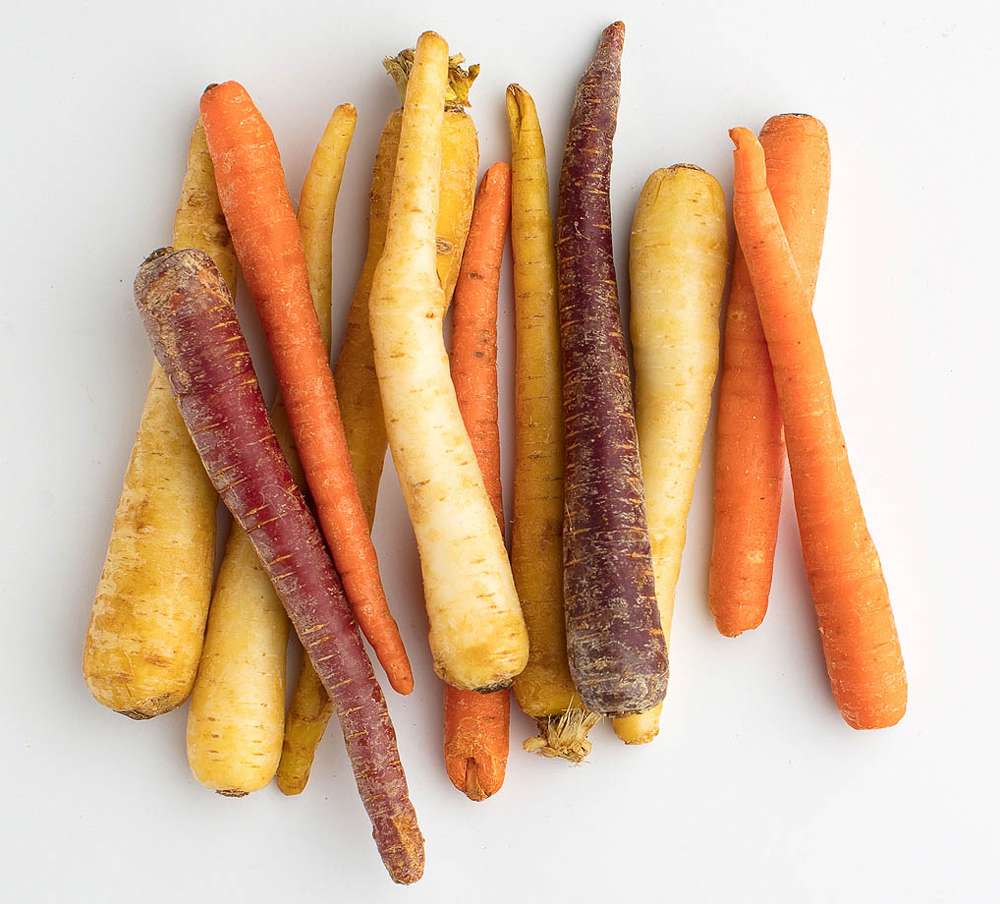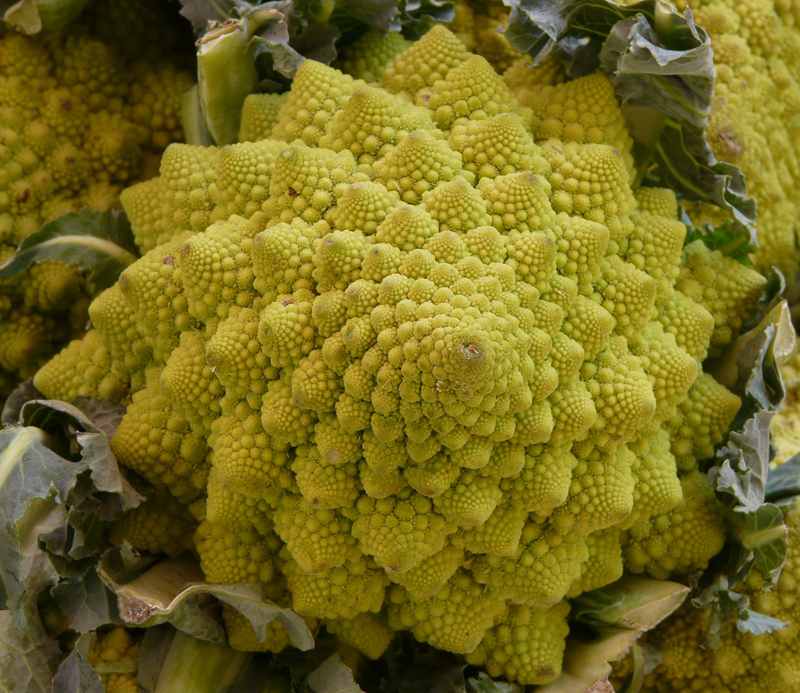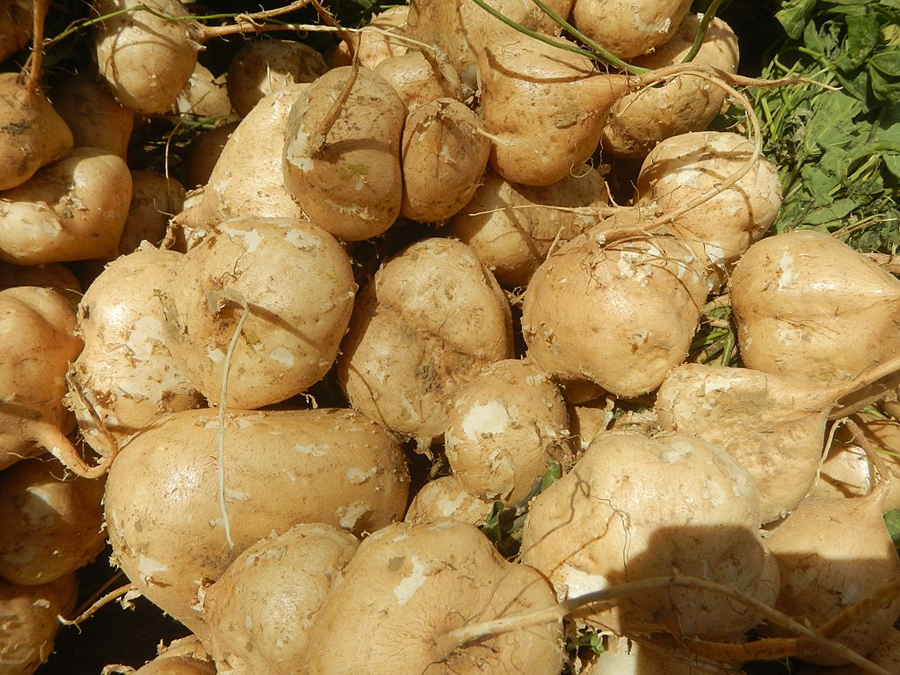Recent Posts
-
Welcome Spring! 7 Fascinating Facts about the Season, plus, A Daytime PJ Quick Guide
2 weeks ago -
Beyond Hot Flashes: Discovering Unexpected Menopause Symptoms
1 month ago -
Everyone Loves Extra Time – Take advantage of every hour this Leap Day!
1 month ago -
Eat your heart out! Show Your Passion with a Heart-Shaped Inspired Valentine’s Dinner
2 months ago -
Time for YOU! PAMPERING tips from self-love January to take with you all year!
2 months ago -
Dreamy Delights: Our Sleepwear and Lingerie Holiday Gift Guide is LIVE!
4 months ago -
Julianna Rae Announces Giving Tuesday Beneficiary PLUS… the staff share their beloved Thanksgiving recipes!
4 months ago -
20 Thanksgiving themed front door decorating ideas to welcome family and friends
5 months ago -
The Ultimate Guide to Macy’s Thanksgiving Day Parade Balloons: History, Fun Facts, and More!
5 months ago -
The Bathrobe: 12 movies that chose this iconic clothing to set the scene…
6 months ago -
Silk: The Secret Ingredient for a Restful Night’s Sleep PLUS… Meet our new SILK Sleep Mask!
7 months ago -
Cherishing the Slow, Sweet Surrender of Summer
7 months ago -
We’re Seeing Double: August and September are Double Rewards Months with Julianna Rae’s “Top Drawer” Rewards Program!
8 months ago -
The Splendid Silk Camisole – A Perfect Cami for Day & Night!
9 months ago -
Our Flag, A Great American Icon PLUS… 3 American Flag Desserts for the Fourth!
9 months ago -
Get Inspired to GO… Spark your Wanderlust with 15 Fab Books and Podcasts
9 months ago -
A Father’s Day history plus We Love These Country Traditions…
10 months ago -
12 “MOMolicious” Gift Ideas for Mother’s Day
11 months ago -
Going Green: 5 Cleaning products you can make at home this Earth Day
11 months ago -
Woman’s History Month Proves All Her Time isn’t Spent in the Kitchen
1 year ago
5 veggies that your body will thank you for
When it comes to your health, it’s hard to go wrong with any vegetable but if you’re eating the same ones night after night – and most people are – you’re missing out. There are so many delicious veggies out there, each with a unique combination of vitamins, minerals and other healthy plant compounds called phytochemicals. That’s why eating a variety of vegetables, and getting that full array of compounds, is important for great health. Oh, and it’s also a lot tastier.
Here are five lesser-known vegetables that will liven your plate and give you plenty of health benefits.
1. Purple carrots:
Back a few thousand years, carrots with purple hues were the norm. These carrots owe their color to the natural plant pigment called anthocyanins. Scientists are studying anthocyanins for their possible health benefits, such as reducing inflammation and helping with our immune system. Most purple carrots are orange inside, which means they also contain the great health benefits of a regular carrot, the orange-colored phytochemicals beta- and alpha carotenoids that our body converts to vitamin A.
Purple carrots can taste similar to their orange counterpart, depending upon the type, some more bitter others sweeter. Plus, they are really pretty. Find these at farmers markets or stores with large vegetable selections.
To find out how to grow purple carrots along with a treasure-trove of carrot fun facts – eg, where carrots are mentioned in Shakespeare and Lost in Space – take a trip here: The World Carrot Museum.

Purple carrots and their golden and orange friends!
2. Romanesco:
This eye-catching vegetable is part of the same family as cauliflower and cabbage, which makes it one of the cruciferous vegetables. Like many of its family members, romanesco has plenty of folate, along with vitamin C and K. It also contains glucosinolates, which are believed to be very beneficial in the body’s resistance to certain forms of cancer.
But wait, there’s more! Romanesco is a mathematical delight. Each cone-shaped head showcases the spiral beauty of the Fibonacci pattern, a sequence of growth made by adding the two previous numbers together (0, 1, 1, 2, 3, 5, 8 and so on). You can see more pictures of Fibonacci in nature here.
Oh, and how does it taste? Delicious! This veggie has a light broccoli-flavor but with a lot of crunch.

Fibonacci would be so proud!
3. Rhubarb:
Ok, you’ve more than likely enjoyed this veggie in pie, but there’s a lot of reasons to try this hearty stalk in its less familiar non-dessert form.
Rhubarb contains vitamins A and C, as well as the phytochemicals lutein and zeaxanthin. These two compounds fall into the carotenoid family and are studied for their role in eye health, among other benefits. A cup of rhubarb will also give you close to 10 percent of the daily recommended amount of fiber.
You’ll probably need to add some form of sweetness to this tart veggie, whatever you make. You can try adding rhubarb stalks to smoothies or try it in a salsa. Here’s a recipe that sweetens the veggie with a little honey before tossing it in with some greens. Thanks, Martha Stewart.
Note: If you get wild rhubarb in stalk form make sure you don’t eat any of its leaves! They contain high amounts of a compound called oxalic acid, which can cause kidney damage and worse. (Grocery stores almost always sell rhubarb stalks without the leaves. Smart.)
4. Butter lettuce:
Who knew there were so many different types of lettuces? Like a lot of lettuces, it’s mostly water, making it less than ten calories a cup. So it fills you up while keeping you slim! It’s also packed with vitamins A, C and K.
Butter lettuce has loose leaves that are soft and smooth, just like its namesake. You might also see it go by the names Boston and Bibb, which are types of Butter lettuce. It has a natural sweetness so give it a try plain before you layer on the dressing. Then, if you want to try it beyond salads or sandwiches, here are some great ideas.
5. Jicama:
This root vegetable is fun to say (pronounced hic-a-ma) and eat. Also known as a Mexican turnip, you’ll probably find this in the grocery store near other root veggies like turnips and beets. It looks somewhat like a cross between a turnip and a potato. A cup of raw jicama is a great way to get vitamin C and dietary fiber. Jicama contains a fiber called inulin, which is a prebiotic (not a probiotic) and stimulates the growth of health-promoting bacteria in the colon.
This veggie also contains iron, magnesium, manganese and potassium.
Jicamas have a mild, often-sweet flavor and crunchy texture. You can eat it raw, like an apple, or cook it up and add to whatever dish needs a veggie or crunch boost. (Either way, you’ll need to peel its thick skin.)

Jicama for everyone!
Conclusion? Mix it up! Go find one of these veggies if you’ve never had them before. Or if you had one too many sides of green peas, grab a bag of sugar snap peas where you can eat the whole pod. Tired of the same old potatoes? Try a yellow or blue potato – yes, there are blue potatoes – each with its own flavor and nutrient profile.
Have fun, discover, and stay healthy!
Here are a few of our favorite recipe sites for inspiration:
And of course, if we missed your favorite exotic vegetable or a recipe that we absolutely must try, let us know!
